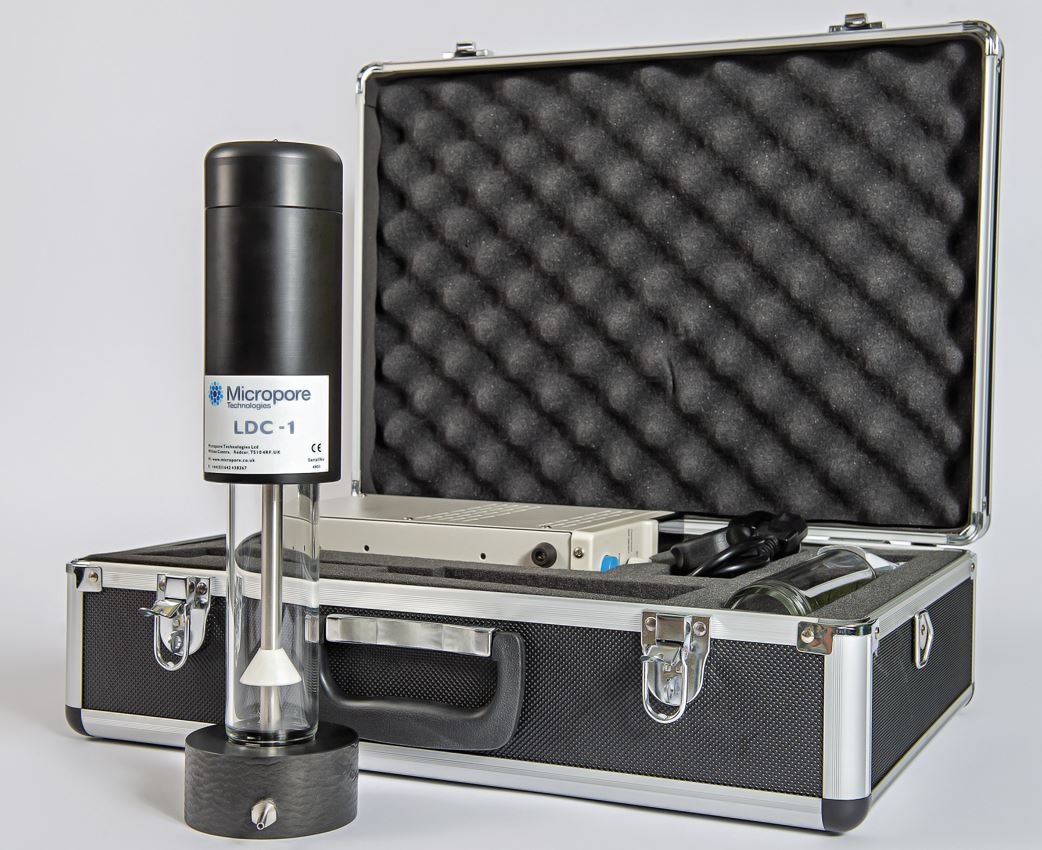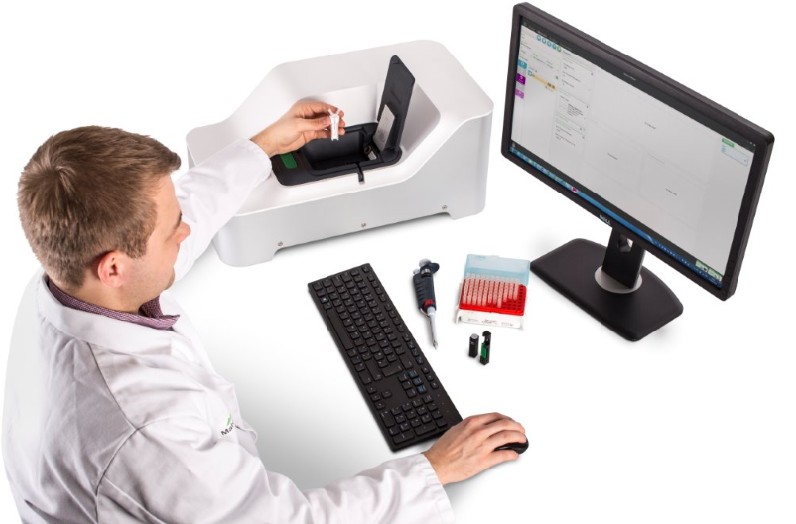Micropore AXF series
Micropore’s technology enables scalable formulation of mono-disperse microspheres, nanoparticles and emulsions from lab bench to GMP manufacture significantly accelerating the efficiency of nanomedicine development.
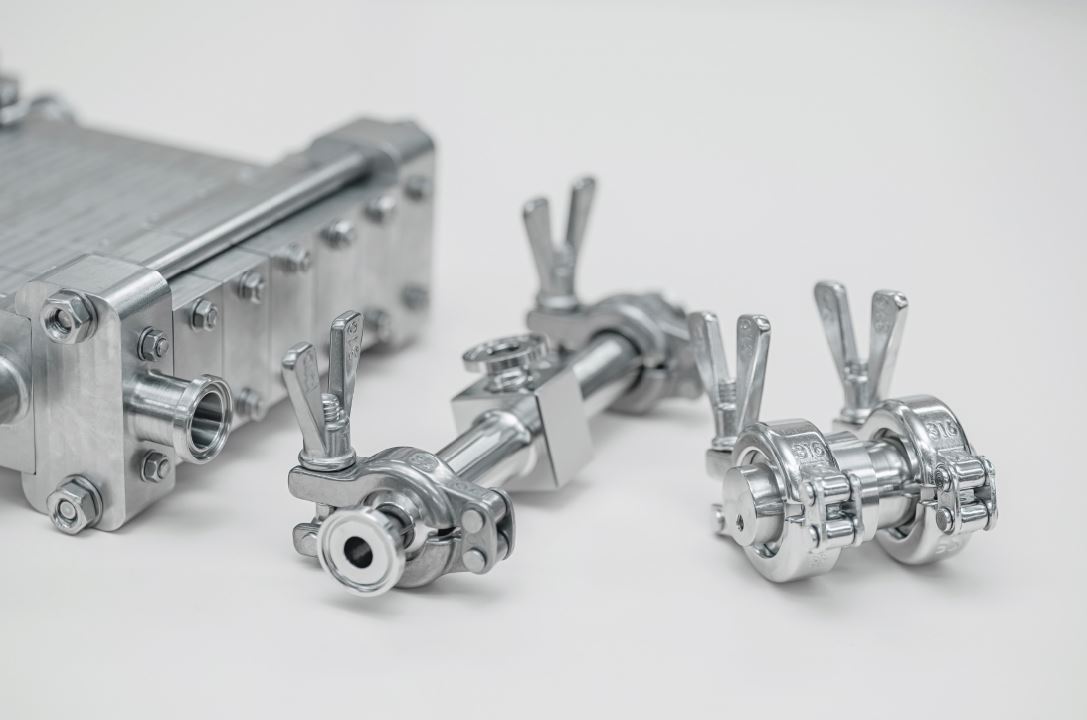
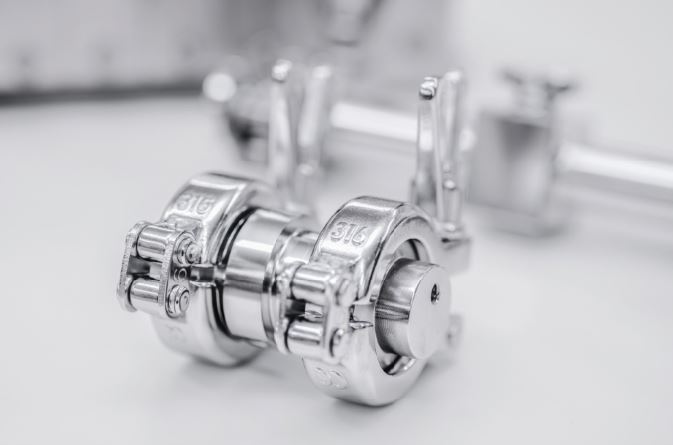
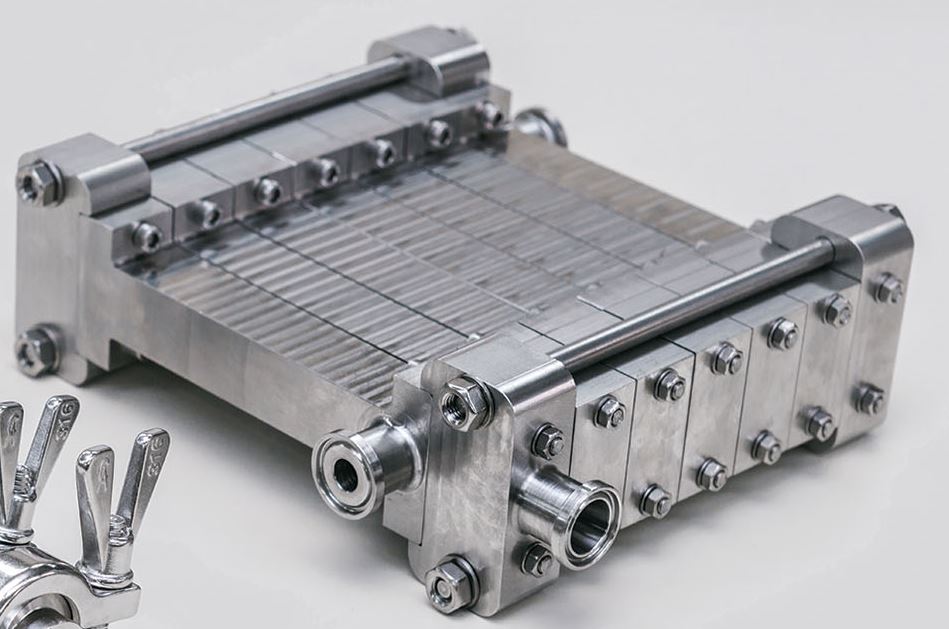
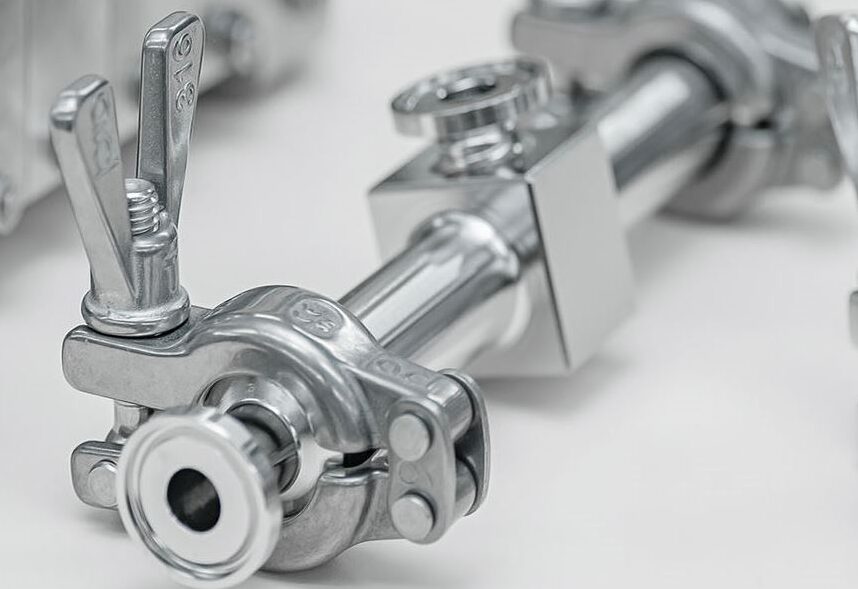
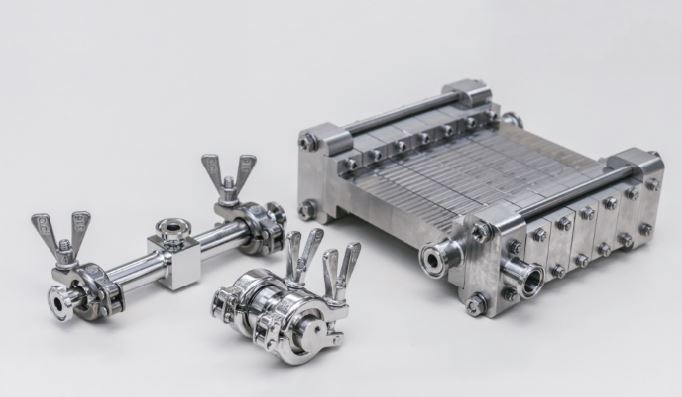
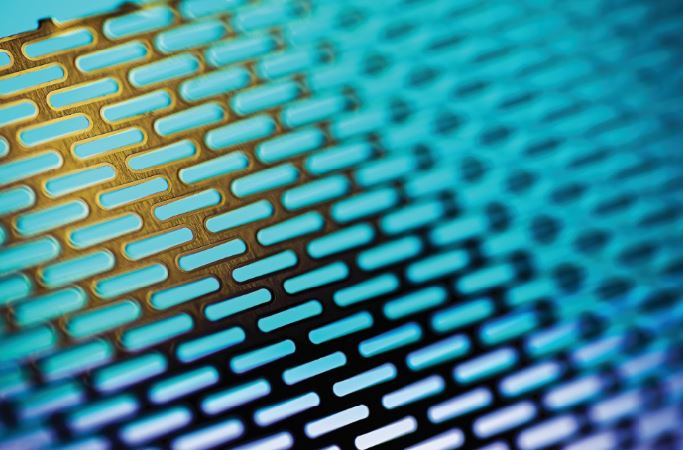
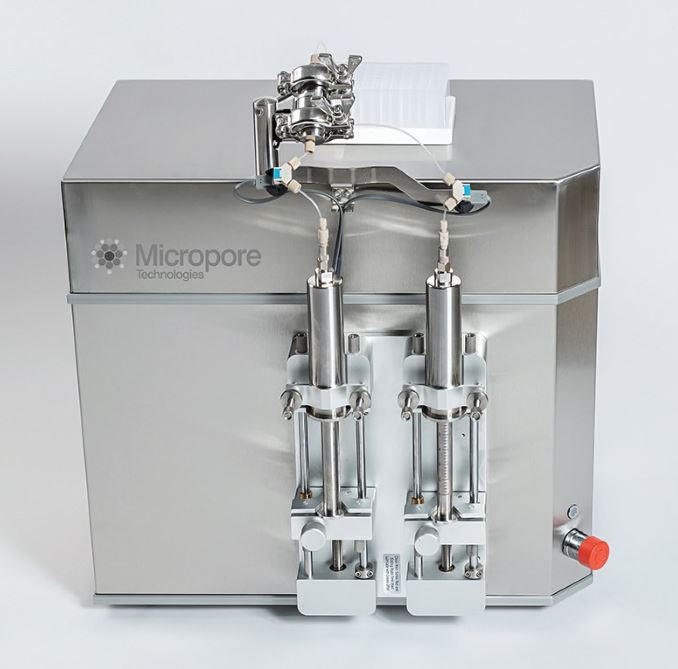
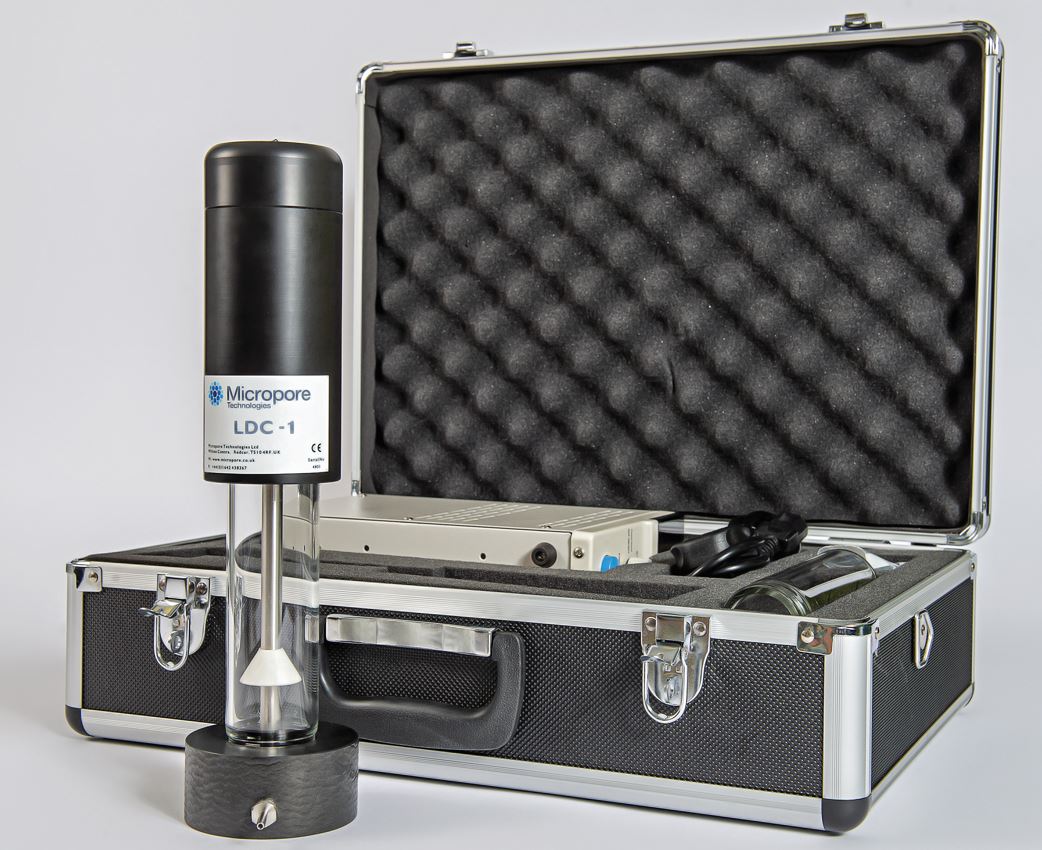
Micropore AXF series
Micropore’s technology enables scalable formulation of mono-disperse microspheres, nanoparticles and emulsions from lab bench to GMP manufacture significantly accelerating the efficiency of nanomedicine development.
| Manufacturer | Micropore Technologies |
|---|---|
| Product Series | AXF series |
| Application | Emulsions, Liposome Processing & Mixing, Nanoparticle formulation |
| Sample type | Nanomedicines, Microspheres, Polymer nanoparticles, Crystals, Liposomes, Nucleic acid lipid nanoparticles (LNPs) |
| Formulation technology | Advanced crossflow (AXF™) mixing |
| Particle size distribution | Narrow (typical CV~10%) |
| Volumes formulated | 0.2ml upto 1500L/hr |
Product Overview
The Micropore AXF series uses advanced crossflow mixing technology to enable the continuous production of particles. This fully scalable, GMP-ready platform is the ideal method for developing and manufacturing microcapsules, emulsions, nanoparticles and crystals whilst retaining a tightly controlled particle size distribution.
Micropore’s technology employs laminar flow across a precision engineered stainless steel membrane. The outer dispersed phase is continuously mixed with the aqueous inner compartment to form particles with very narrow particle size distributions. Both reliable and reproducible, the small footprint (<A4) and aseptic design allows it to be used where high levels of hygiene and sterilisation including GMP are important.

Gentle processing preserves the stability of material to enable the continuous manufacturing of high-quality formulations in quantity for a wide range of applications, from precise self-assembly, in the case of liposomes or Lipid nanoparticles (LNPs), to the control solvent exchange during crystallisation. Micropore manufacturing platform has produced uniform LNPs with an encapsulation efficiency >97% and has the capacity to manufacture flow rates of up to 1500L/hr – by far the fastest production rate available.
Choose from 3 configurations:
| AXF-mini (Discovery to Clinical) | AXF-1 (Manufacturing) | AXF-n (Large Scale Manufacturing) |
| Production capacity: 0.06-20L/hr Disperse phase hold-up volume: 0.1mL Continuous phase hold-up volume: 0.3mL |
Production capacity: 6-200L/hr Disperse phase hold-up volume: 5mL Continuous phase hold-up volume: 5mL |
Production capacity: up to 1500L/hr Disperse phase hold-up volume: 20mL Continuous phase hold-up volume: 100mL |
 |
 |
 |
- Demonstration video
- Benefits
- Applications
Demonstration video
Benefits
Continuous, scalable
- Streams of mono-dispersed particles at controllable dimensions with a narrow particle size distribution (typical CV~10%)
Low maintenance, No cartridges
- Low-cost operation, with no moving parts, that are easy to clean
- Small equipment footprint (able to fit into a small briefcase)
- SS316 & PTFE parts for high material compatibility and simple sterilisation
High Volume, GMP ready
- Throughput volumes from discovery phase through to clinical and manufacturing (0.06L/hr-1500L/hr)
Efficient Cross Flow Mixing
- Preservation of biological activity of biomolecules after encapsulation
- Up to 30% lower energy usage compared to other emulsion generation methods
Applications
Micropores membrane technology is ideal for creating complex formulations and to solve formulation challenges to deliver the highest performing, most efficient, cost-effective formulated delivery systems.
Micropore’s patented crossflow membrane technology is used in applications including pharmaceuticals/ medicines, food/ nutrition, cosmetics/ skincare, household products, agrochemicals/ farming and construction.
Some of the most recent applications include:
- Fragrance encapsulation
Fragrance chemicals can be found in laundry detergents, soaps and personal care products, however fragrances exhibit high volatility and rapidly lose their aroma or, worse, transform into unpleasant odours, if subject to prolonged atmospheric exposure. Microencapsulation of the fragrance material applies a protective coating. Micropore Encapsulation technologies can provide the repeatability, reproducibility and fine control not previously offered by historic emulsification techniques.
- API Crystallisation
Crystallisation defines an APIs physical properties and ability to deliver the desired therapeutic effect and to avoid undesirable effect Micropore’s robust continuous membrane technology can eliminate many of the issues faced by both batch cooled and anti-solvent approaches to crystallisation and is scalable to tonnes per hour.
- Core-shell coacervation in drug delivery
Complex coacervation involves the microencapsulation of products where the core is surrounded by a shell (2 – 300 μm) which protects it against degradation while enabling control over payload delivery under specific conditions. Eg. Selective encapsulation of therapeutic nucleotides, such as miRNA mimics, small interfering RNAs, and transcripts to accommodate a wide range of therapeutic strategies including inhibition of atherogenic miR-33a in atherosclerosis.
- Hydrogels in drug delivery & biomedical engineering
Hydrogels consist of tunable 3D, hydrophilic, polymeric networks that protect labile drugs from degradation and assist their controlled release. Currently, hydrogels are used for manufacturing contact lenses, hygiene products, wound dressings, tissue engineering scaffolds and drug delivery systems. Micropores’ Membrane emulsification overcomes many existing production challenges by forming hydrogel droplets directly as a w/o emulsion. Precise size control can be achieved with perfectly spherical droplets in sizes less than 50μm.
- Liposomes & Lipid nanoparticles (LNPs)
Liposomes and LNPs are amphiphilic structures used as drug delivery vehicles to encapsulate both hydrophilic and hydrophobic active pharmaceutical ingredients (APIs). LNPs have gained prominence recently due to their ability to deliver therapeutic payloads, including DNA and mRNA for vaccines, precisely through treating their surface with proteins allowing highly specific binding to a target cell type.
- Sustained release PLGA microspheres
PLGA (Poly (lactic acid-co-glycolic acid)) is used for surgical implants and sutures because of its biodegradability, biocompatibility and sustained-release properties. However PLGA is not easy to formulate into sustained release drug products meaning inventor drug products and generic versions remain scarce with only 20 drugs approved in 30+ years. Micropore’s technology is an inherently gentle process that results in very high-quality microspheres when using a double emulsion process, because the primary emulsion is not broken during secondary emulsification. Micropore’s continuous manufacturing technology offers no risk in scaleup. No product degradation – Right size first time – Reduced compliance issues.
- Silica particles
Mesoporous silica particles (MSP) have gained wide popularity over recent years because of their advantages of uniform and tunable pore size, easy independent functionalisation of the surface, internal and external pores and the gating mechanism of the pore opening make it a distinctive drug carrier. Their high loading capacity due to the large pore volume and surface engineering properties allows for better drug targeting. These versatile carriers can be used for loading a variety of cargos ranging from drugs to macromolecules such as proteins, DNA and RNA.
- Phase Change Materials
Phase change materials (PCMs) allow the storage of large amounts of latent heat during phase transition. They have the potential to both increase the effciency of renewable energies such as solar power through storage of excess energy, and to reduce overall energy demand through passive thermal regulation. NASA has identified more than a hundred of these materials. In addition to passive energy storage, they have application in thermoregulated fabrics, high power electronics, telecommunication installations and microprocessors. PCMs are not suitable for use without prior encapsulation. Encapsulation in a shell material provides benefits including protection of the PCM from the external environment and increased specific surface area to improve heat transfer.
Product Enquiry
SPEAK TO OUR AUSTRALIAN AND NEW ZEALAND TEAM
If you would like to enquire about this product, fill out this form and one of our product specialists will contact you shortly.
If you need help in the operation or repair of an instrument then please contact the Customer Help Centre directly.
Please note, product enquiries are only applicable to Australia, New Zealand, Papua New Guinea and Fiji
Or call us instead at (02) 9541 3500




 02 9541 3500
02 9541 3500
